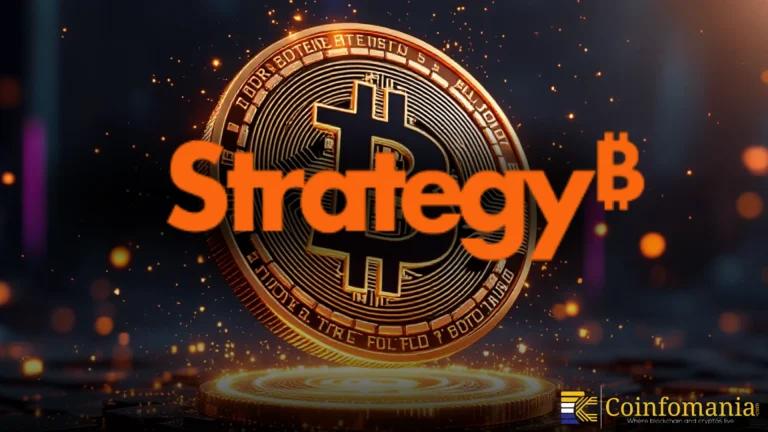Tether Strong Pushback After S&P’s USDt Downgrade Sparks a New Debate
Let’s uncover how stablecoin market trends shift after S&P downgraded USDt and why Tether challenges the entire financial system.

Quick Take
Summary is AI generated, newsroom reviewed.
Tether rejects S&P’s USDt downgrade and challenges traditional finance structures.
The debate reveals major gaps between rating agencies and blockchain transparency.
Stablecoin trends shift as regulators push new digital asset frameworks.
The downgrade influences the broader crypto market and future policy direction.
The stablecoin industry faced a storm this week after S&P Global Ratings placed USDt at the lowest tier on its stablecoin stability scale. The downgrade triggered intense reactions across the crypto sector because USDt still holds the largest market share in stablecoins. Tether quickly challenged the rating and argued that the traditional financial world fails to understand how real-time blockchain assets work in modern markets.
Tether CEO Paolo Ardoino did not hold back when he addressed the rating. He said the traditional system looks broken because it depends on slow audits, fragmented disclosures, and outdated assumptions. His comments gained traction in online discussions as traders examined whether the downgrade reflects real risk or just old-school thinking. The moment also pushed analysts to review stablecoin market trends, which continue to shift as regulatory pressure grows.
This clash between Tether and S&P comes at a crucial moment for digital assets. Governments, banks, and investors review new frameworks to understand how stablecoins fit into global finance. The debate also influences crypto market outlook projections because stablecoins anchor most on-chain liquidity. As more regulators enter the field, digital asset regulation shapes product design, reserve structures, and transparency standards.
LATEST: ⚡ Tether fired back after S&P downgraded USDt to the lowest rating on its stablecoin stability scale, with CEO Paolo Ardoino calling the traditional financial system broken and emphasizing the company's strong financial status. pic.twitter.com/stOrdfC5T6
— CoinMarketCap (@CoinMarketCap) November 27, 2025
Tether Rejects S&P’s Rating and Calls Out Old-World Finance
Tether moved fast to counter S&P’s downgrade. The company highlighted what it calls a strong balance sheet and a long record of redemptions during volatile market events. Ardoino said that S&P ignored real-time data from blockchain movements. He argued that stablecoin issuers face more transparency demands than many banks that work behind closed doors.
He also claimed that the older financial world suffers structural issues. He pointed to slow settlement, limited visibility, and higher counterparty risk. His comments matched wider conversations about stablecoin market trends as traders track new competitors and rising institutional interest.
What S&P Considered When Downgrading USDt
S&P’s report placed USDt in the lowest category because of concerns over disclosure, asset composition, and liquidity under extreme stress. The rating scale focuses on the ability of a stablecoin to keep its peg in major market events. Analysts at S&P say they want more structured reporting and deeper visibility into reserve assets.
The downgrade triggered mixed reactions. Some traders expect the news to increase the pace of digital asset regulation since regulators want unified frameworks for stablecoins. Others believe the market already priced in concerns long before the rating. Many investors say the rating will not shift liquidity because USDt remains dominant.
The debate now extends far beyond this rating. It pushes the industry to examine broader stablecoin market trends, including transparency standards, reserve diversification, and how issuers communicate with regulators and customers.
Final Thoughts on the Tether and S&P Clash
The Tether–S&P clash marks a new chapter in the global stablecoin conversation. The rating drew attention, but the response from Tether pushed the debate into deeper territory. It forces traders, regulators, and institutions to examine how rating agencies treat blockchain assets.
The outcome may reshape crypto market outlook expectations, especially if new frameworks emerge. It will also influence digital asset regulation as governments define long-term rules for stablecoin issuers. Most importantly, it highlights how quickly stablecoin market trends continue to evolve.
Follow us on Google News
Get the latest crypto insights and updates.
Related Posts

Avalanche Sees Major Breakthrough as Securitize Gains EU Approval for Regulated Trading
Vandit Grover
Author

Strategy Raises Confidence With a Fresh Look at Its Financial Backbone
Vandit Grover
Author

Visa and AquaNow Push Stablecoin Innovation Toward Mainstream Adoption
Vandit Grover
Author